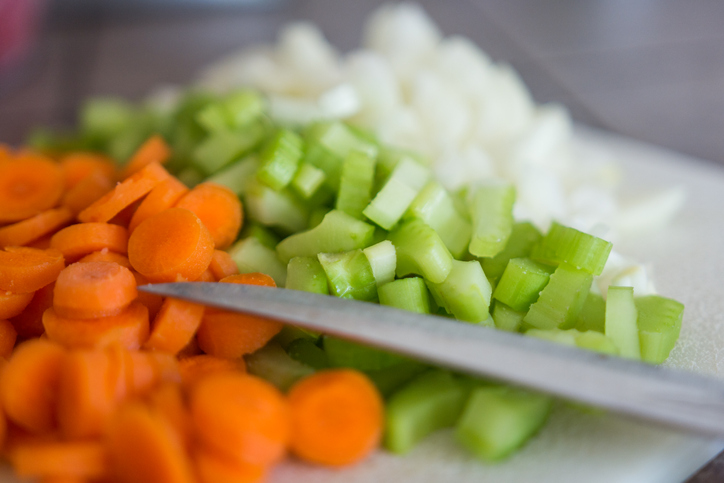
Produce 101: Carrot, Onion, and Celery
Carrots, onion, and celery comprise the classic mix of French mirepoix vegetables. You might wonder why we grouped these together, well, these three are some of the unsung heroes of the kitchen, so they just fit well for this episode.
Carrots Weren’t Always Orange
Did you know carrots weren’t originally orange? In the 17th century, long before they became essential mirepoix vegetables, Dutch growers developed the orange carrot for the royal family in Holland. Anthropologists believe the original carrots were either white or purple, and native to the region on central Asia that’s now modern-day Afghanistan.
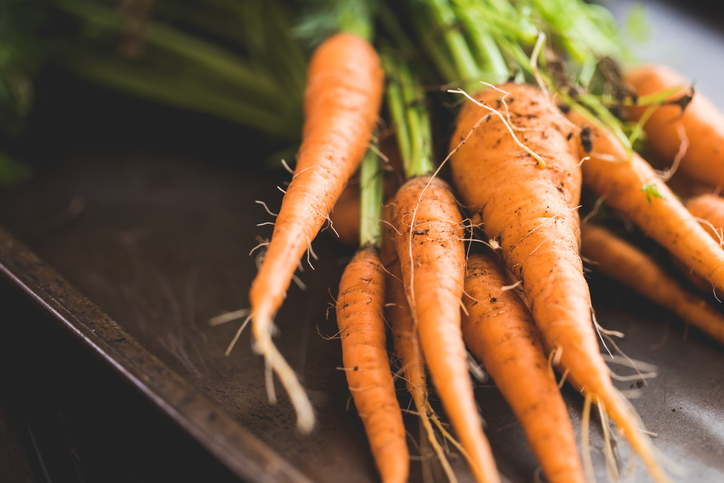
Carrot Grades
Carrots have two grades. Clip top carrots, which is what most of us use in our kitchen, come in grades #1 and #2. You want to look for uniform color, uniform shape, and a slightly conical tapering root. Sometimes you will see small hair-like roots–and that’s a good thing, that means the carrot was grown correctly and is not too old.
Carrot Storage
Carrots are not overly sensitive to ethylene, but you want to be mindful of storing them near ethylene producers, because ethylene exposure can make the carrots taste bitter.
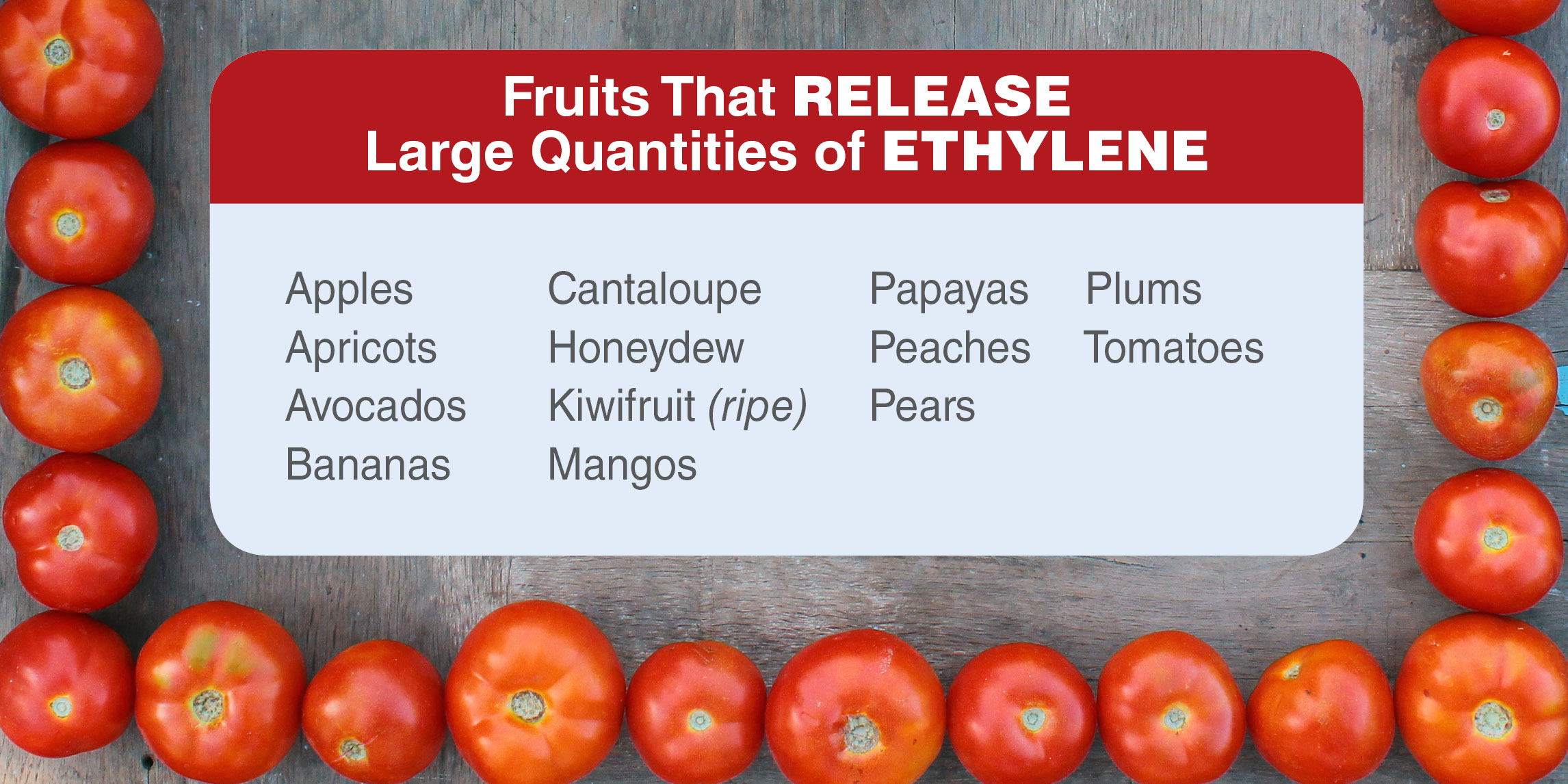
You want to keep your carrots in a humid part of your cooler and as cold as possible. If they don’t have that humidity they are going to dry out and get limp and rubbery. Keep the container closed and airtight. Exposure to the cooler blower will dry them out.
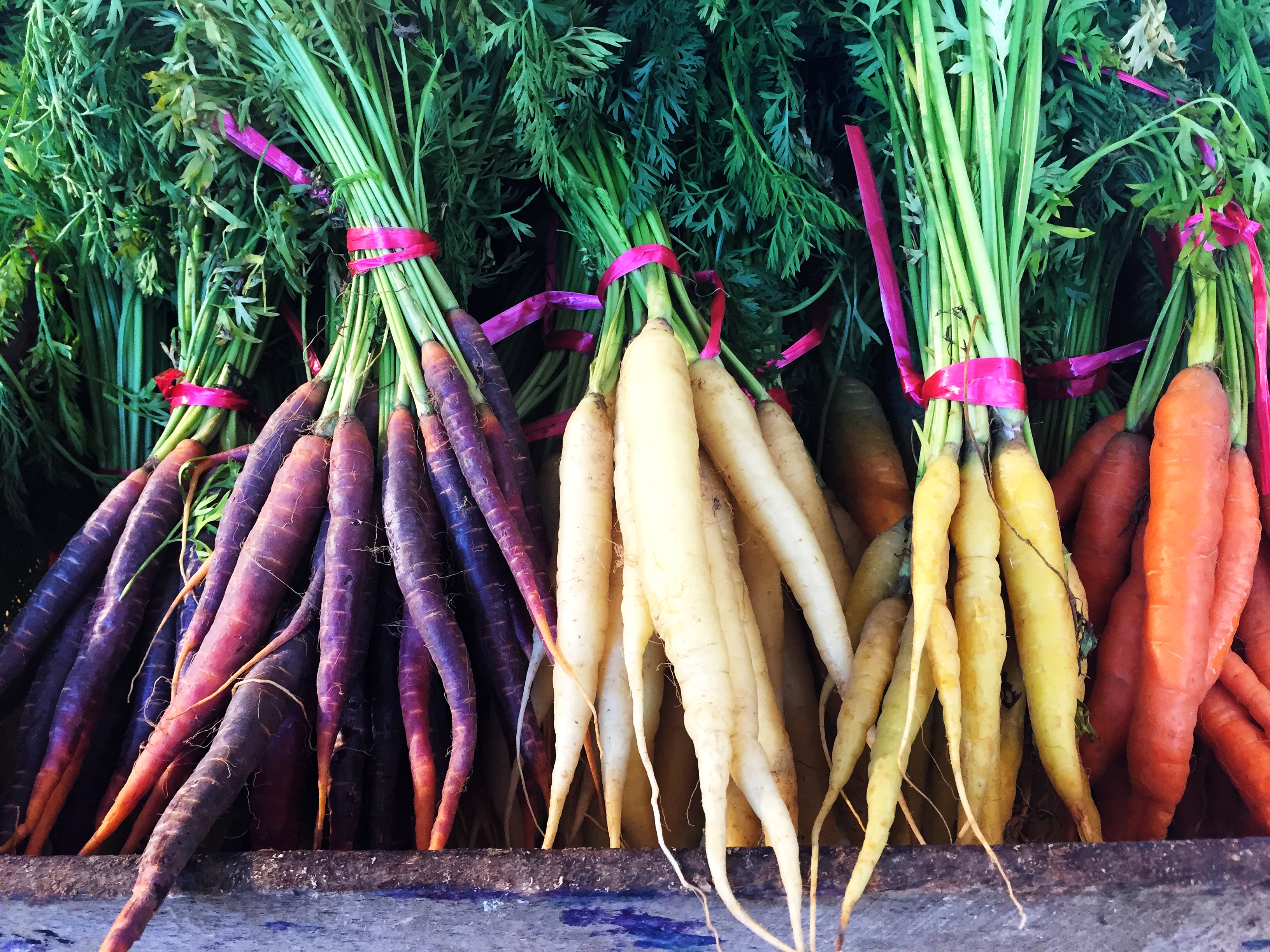
A Rainbow of Carrot Choices
Carrots come in a myriad of shapes, sizes, and colors. The most common you see in kitchens would be the clip top orange carrot. A “clip top” carrot just means the greens have been clipped off the top. You will still need to trim off the stem end.
Baby carrots are available, and they come in orange and also red, yellow, white, and purple. We can also get them in larger sizes, clip top, or even bunched with full greens. We don’t see the bunched carrots very much anymore; the shelf life is a little lower. The carrot thinks it is still alive, so it doesn’t hold on as long, the greens tend to break down and they are just a little more effort to deal with. Flavor-wise, they are identical.
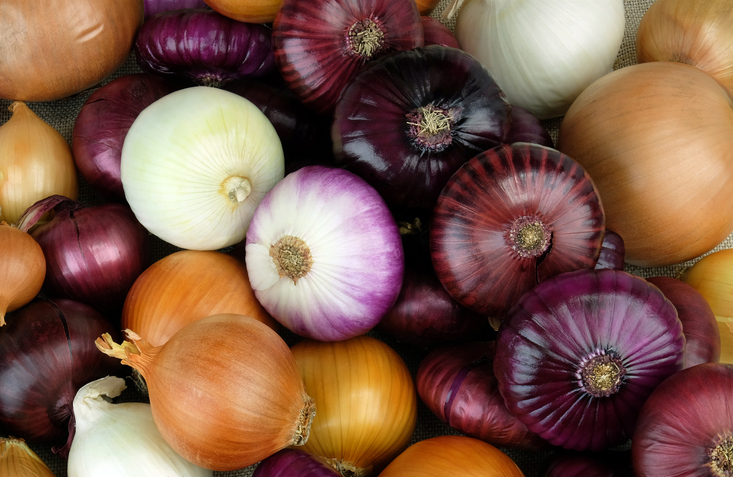
Onions Are the Kitchen Hero
Onions may be *the* most unsung hero of the kitchen. You may be able to get away without carrots or celery on hand, but onions—like garlic—go in just about everything…including mirepoix vegetables.
Onions, for all their bite, actually have a lot of sugar to them and can add an incredible sweetness to a dish when cooked. Want to add umami to your plant-based dish? Add caramelized onions.
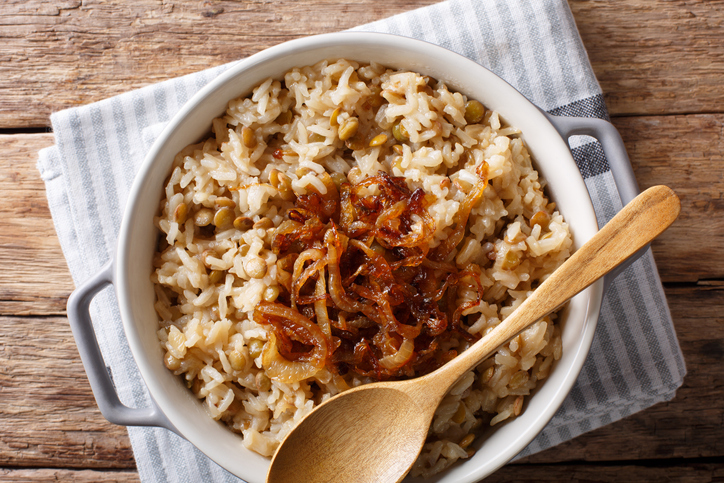
Onions come in a variety of shapes, sizes, and colors. Yellow onions are the most common, this is what we generally use in mix of mirepoix vegetables.
You probably know that eating the rainbow equals eating more antioxidants, such as anthocyanins, and the same holds true for red onions. If color is not an issue, opt for red onions for an antioxidant boost.
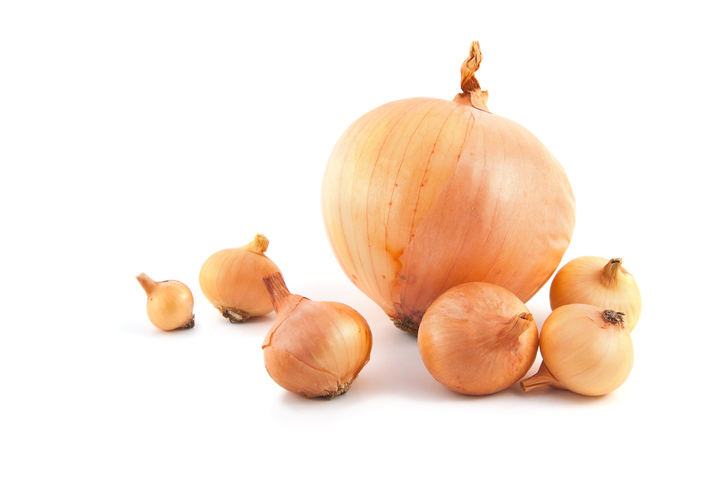
Grades of Onions
Onions have a number of grades, #1 and #2 being the primary ones—but for this, we will just focus on #1.
We want uniform shape, size, and color. We want it to be correct to the variety. The sizing of the yellow onion is based on the diameter of the root ball. The largest being Super Colossal, the smallest being a Boiler onion all the way down to a Pearl onion.
View this post on Instagram
The Jumbo size is the most common and the most readily available on the market, and that’s mostly what you’ll see in your kitchens and use for mirepoix vegetables. Red onions have the same grades as the yellow.
How to Store Onions
Onions like to be stored dry, cool, and dark. They don’t like the moisture, in fact, when onions are harvested, the skin is really moist. The farmer will turn up the rows and leave the onions outside for a few days so the skin will dry out and make it to market.
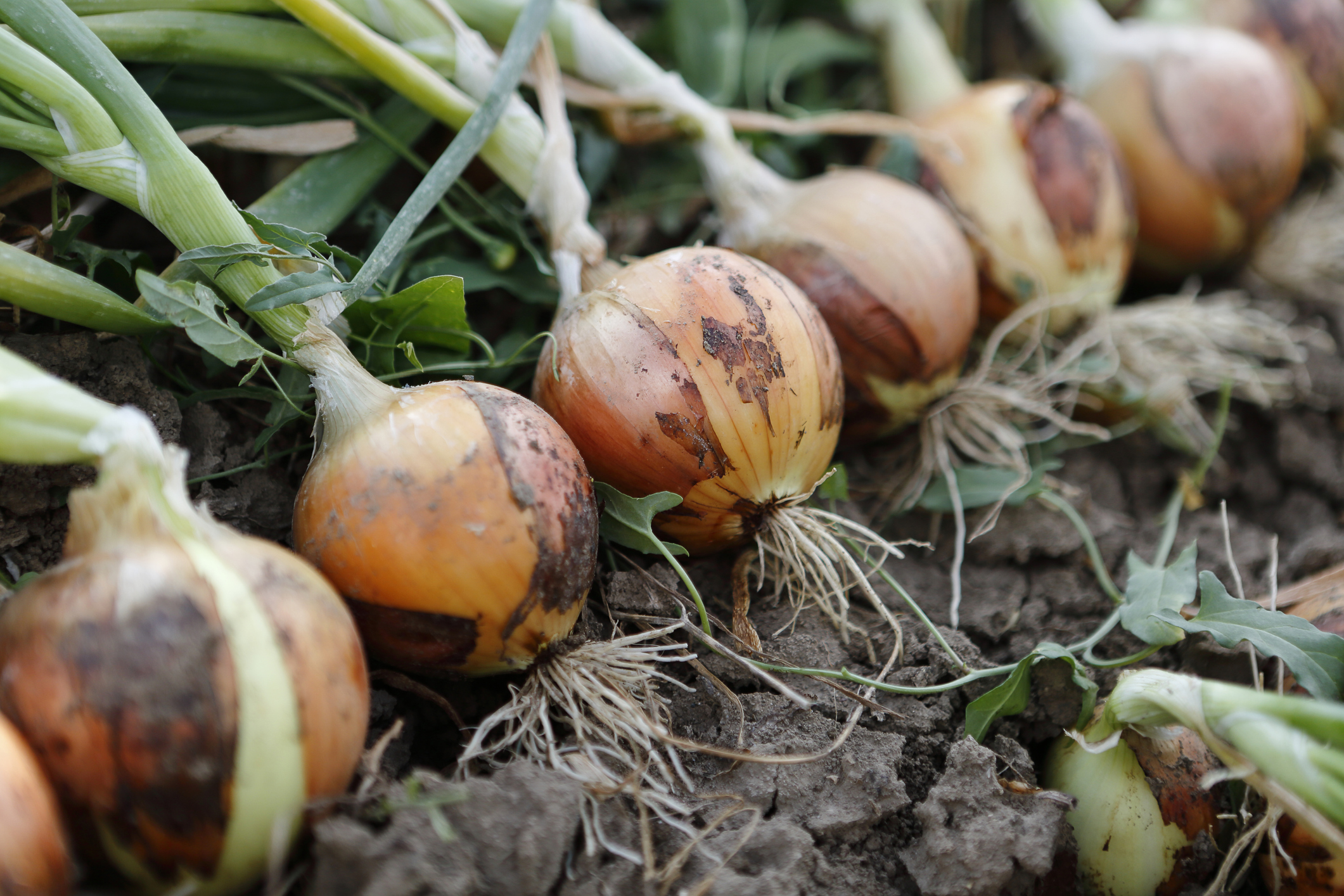
During the early parts of the harvest they do market the onions bunched with tops, much like green onions. The tops are edible.
Green onions are used in the opposite way of dried skin onions. We want that green herbal pop from the green tops, it has less pungency but a bright onion flavor. They can be cooked briefly as in a stir fry, or sliced and used raw for a nice herbaceous onion flavor.
In storing them, green onions have a shorter shelf life than dry onions due to their delicate greens–we don’t top them in ice anymore, but they like it really cold and really humid. This is the direct opposite of all other onions. Remember, all other onions like a dry, cold environment and can really start to lose shelf life otherwise.
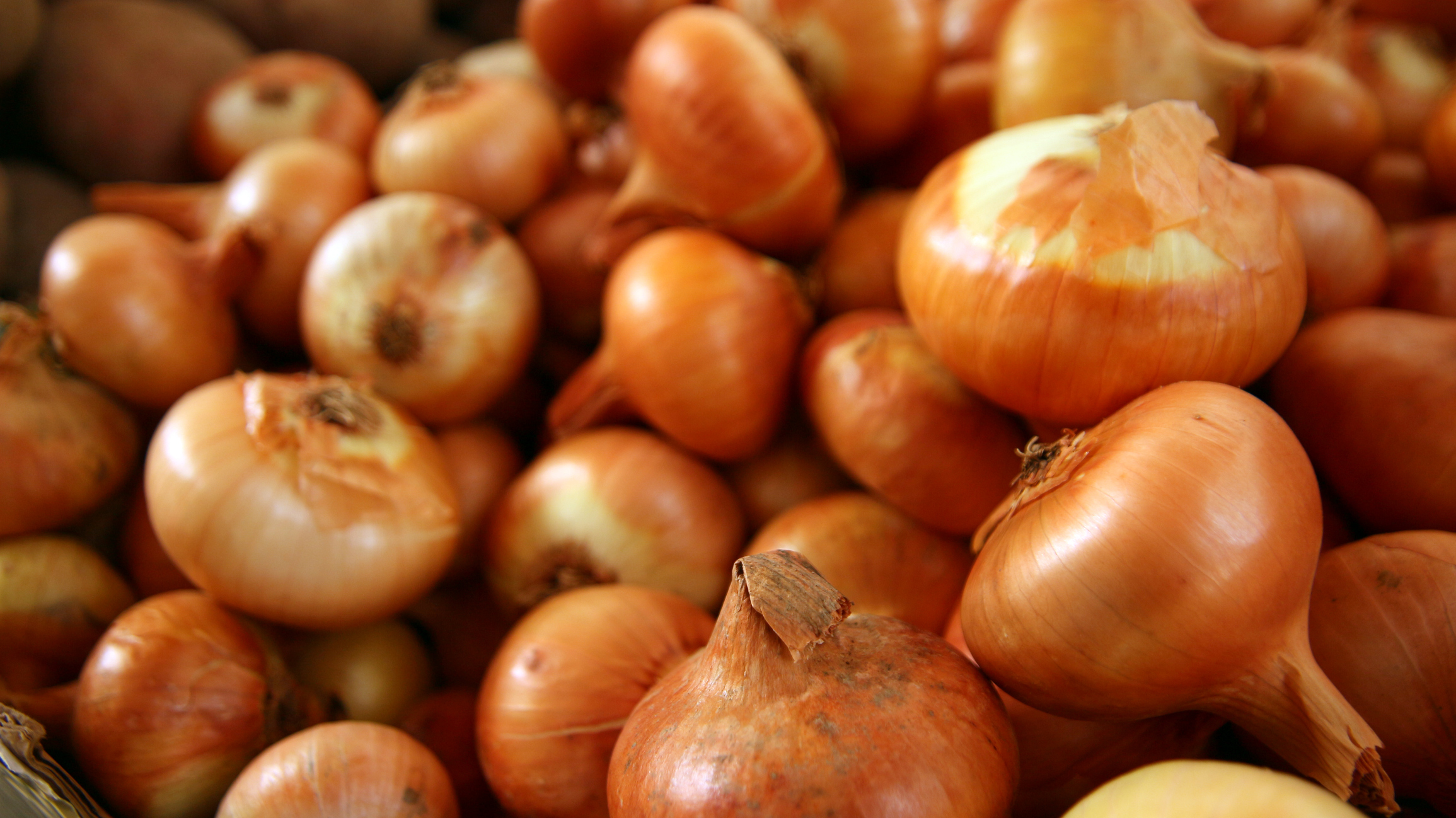
What a Sweetie: But Not Usually Used as Mirepoix Vegetables
Sweet onions are the same variety, but what makes them sweet is the lack of Sulphur in soil. In fact, it’s the Sulphur that gives the onion its pungency that makes you cry when you cut them.
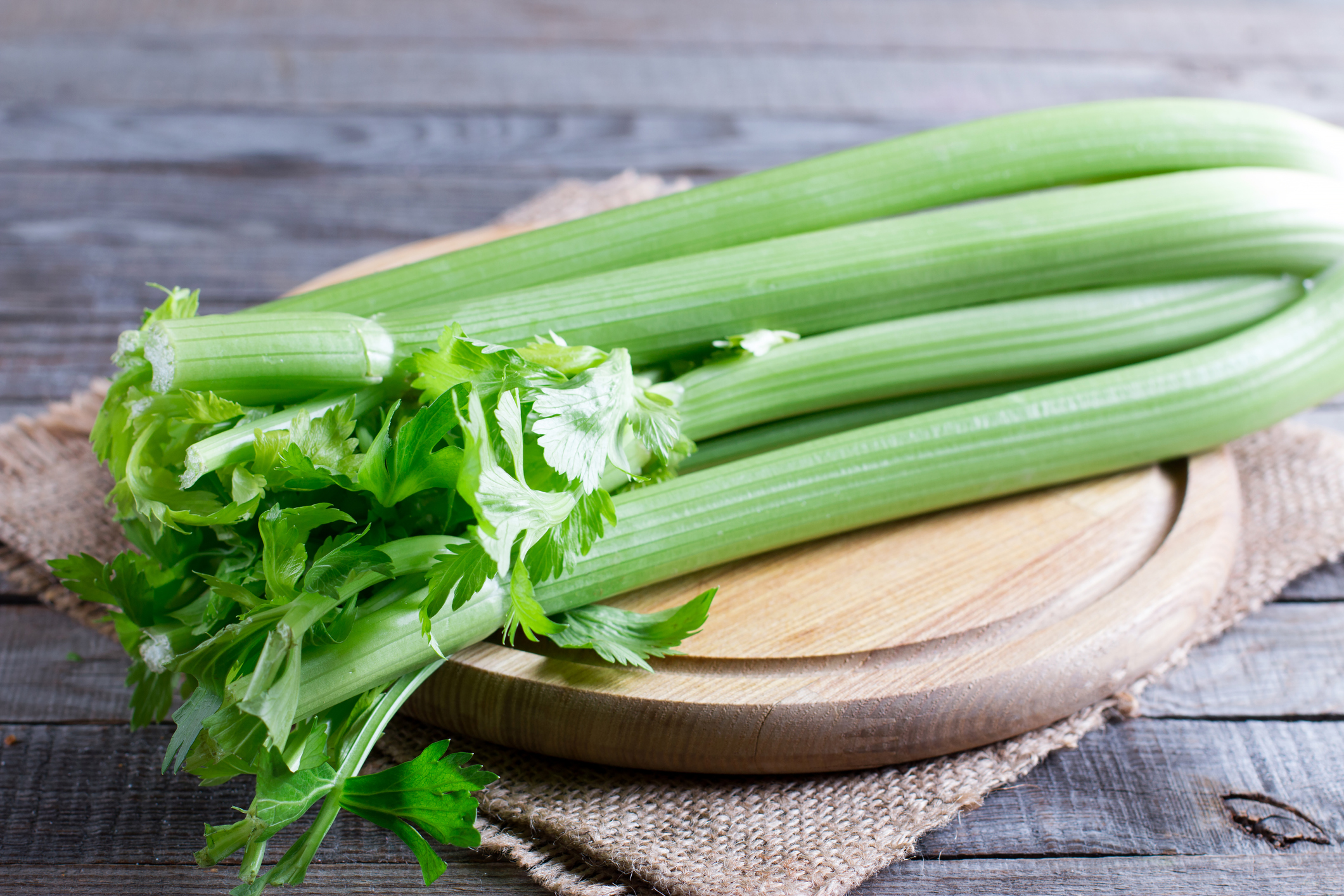
Get to Know Celery — The Most Aromatic of the Mirepoix Vegetables
The most common celery variety in America is the Pascal variety. This variety was first grown in Michigan in the mid-19th century.
California is the leading producer of celery.
Grades of Celery
Celery has two USDA grades, #1 and #2, based almost entirely of how compact and how uniform the head shape is. You want a compact head, you don’t want the stalks to be bloomed out. You want to see nice green stalks that are firm, smooth, and with limited bug damage or yellowing.
Celery’s Renaissance
Celery has gained quite a bit of popularity recently–just like kale and cauliflower went through their own vegetable renaissance. Their recent skyrocket to fame is due to the boost in popularity for juicing, and it actually affected the celery market for a while.
The bitterness of celery is essential as an aromatic vegetable, and as such, lends a great deal of flavor to your stocks and soups.
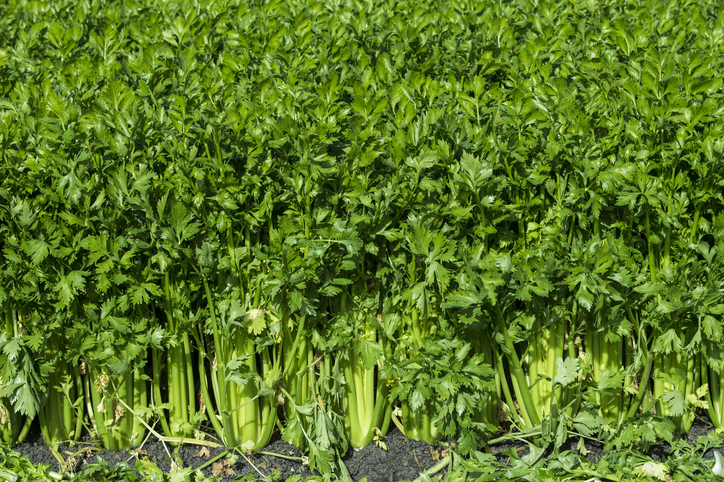
Celery Storage
Celery likes it really cold and really humid. It tends to dry out and get limp even faster than a carrot will. Exposure to the cooler blower will dry them out, they will become dehydrated and limp—and it happens quick. Forgetting to keep them airtight just overnight will result in dehydrated celery.
Handle with Care
Celery are crisp, and as such they can crack easily. Be mindful of how you handle and store your carrots and your celery; don’t stack heavy items on top, they are brittle and can break. If you drop a case of celery, the stalks run the risk of shattering and breaking apart. While that is not really an issue for mirepoix vegetables since you are cutting them anyway, it does become a problem for your bartender if it’s used as a garnish for a Bloody Mary.
Celery has a stringy exterior, and for fine-dining applications, consider peeling them first. (Save your peelings in your stock, as well as the bright green leafy tops.)
The small hearts of the celery are the most tender part as they have been shielded from the elements by their sturdy, crispy outer stalks and are pale in comparison. The delicate hearts are ideal tossed with a simple vinaigrette as they have a mild taste and a tender texture, and are usually not stringy.
Celery is usually dirty and requires careful cleaning. The dirt is usually concentrated in the base, but you may also see dirt on the entire length of the stalks.
Watch: Dan talks about the classic mix of mirepoix vegetables in Produce 101: Carrots, Onions, and Celery
Contact your Marketing Associate about adding mirepoix vegetables such as carrots, onions, and celery to your next order. If you are not a customer, find out how to become one today! *You will want to call ahead and ask about special ordering any types of colored or bunched carrots.
Content provided by Chef Daniel Snowden, the Director of Culinary Development for FreshPoint Central Florida. He has been in the produce industry almost 20 years and loves getting geeky about food. Additional contributions by Lisa Brizard.
Some tools you can use:
Visit freshpoint.com for our seasonal availability guides—and while you are there, check out the FreshPress, our latest market report. Place your orders online with ease at myfreshpoint.com. Did you know you can receive real-time reliable delivery alerts on the day of your delivery? Activate and subscribe at FreshPoint.com/mydelivery
Download our app and take your produce management on the go. Place orders, review flyers, watch videos…all in one spot!
Find out more details about our UBU program, and how we are shining a spotlight on food waste while making value and food safety a priority.
We buy local to strengthen regional economies, support family farms, preserve the local landscape, and to provide fresh-from-the-farm food to our customers. Local.freshpoint.com connects you to your local farmers like never before! Customize your search by zip, city, state, radius…even by crops and growing methods. Pop in your zip code and learn about our local farmers.
Socialize with us!
Did you know we are on YouTube? Head over to our page and check out our 75+ videos. Don’t forget to subscribe, and also be a part of our Bell Team—hit the little bell icon to get notifications when we upload new videos.
Follow FreshPoint, Inc. on Facebook, Twitter, Instagram, and LinkedIn…and follow The Produce Hunter on Instagram as she finds the best specialty produce at the Santa Monica Farmers Market.

